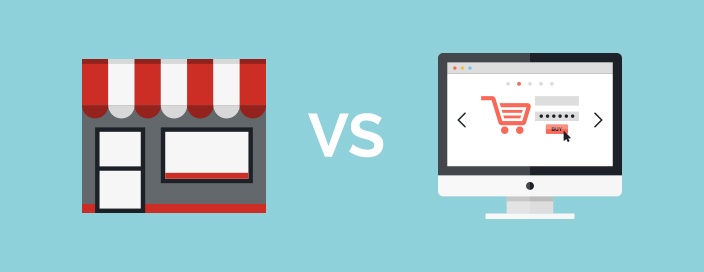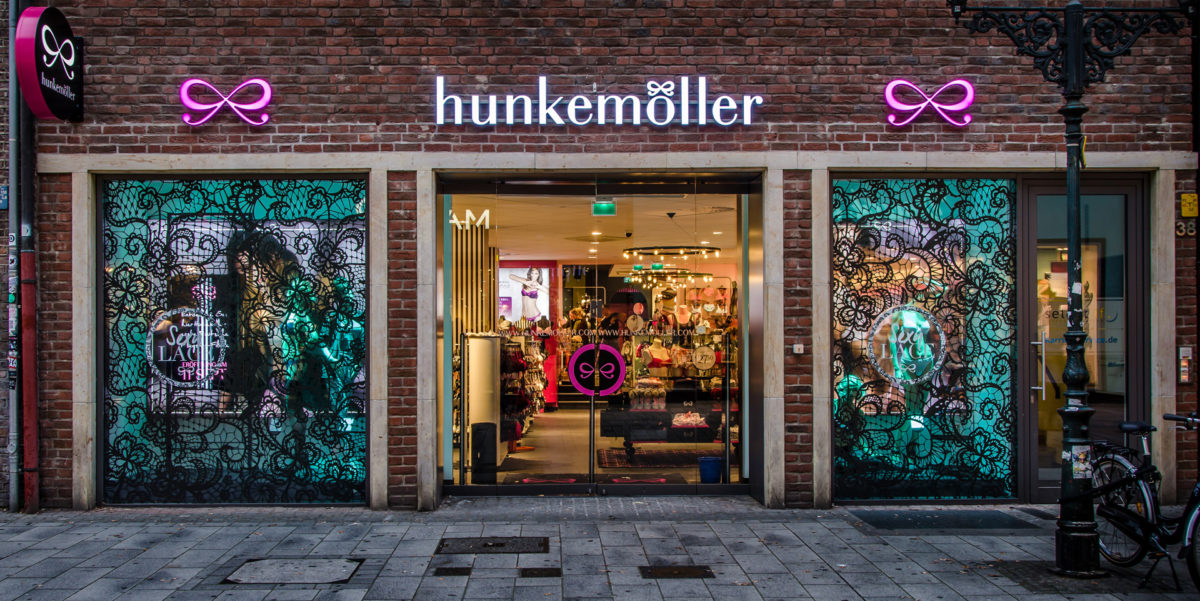Popular stores around the world have closed hundreds of stores in the past few years. In the US, stores like Macy’s, American Apparel and Gap are competing against Amazon. In 2019, there were 59% more store closings compared to 2018 (Reyhle, 2020). This ‘retail apocalypse’ is happening everywhere. In Europe, fast fashion brands like H&M and Inditex (owners of Zara and Bershka) are closing doors to focus on their online offerings (Ho, 2020).
The retail apocalypse has started in 2010 and is continuing onward. The main driver of this phenomenon is the shift to e-commerce, facilitated by the digital age we live in. Online shopping became possible when the internet opened to the public in 1991. Amazon was one of the first e-commerce platforms in the US to disrupt the traditional retail industry. Today Amazon and other online-only e-commerce players are forcing traditional retailers to shift their operations to an online platform. Not only do retailers save rent and labour costs by doing so, they also have to keep up with rising consumer expectations. Consumers want a convenient shopping experience, fast delivery and product availability; things they cannot get from physical stores. E-commerce reduces consumers’ search and retail costs, as they can easily learn and compare prices (Pwc, 2020).
The recent COVID-19 pandemic has stimulated consumers to shift to online stores even further. It has forced consumers to change their beliefs and behavior about many daily activities. For example, a study by McKinsey & Company shows that 15% of consumers in the US tried online grocery shopping for the first time during the pandemic (Charm et al., 2020). They did so in order to limit social contact. The majority was delighted by the experience and says to continue online grocery shopping, even after the pandemic. When consumers are positively surprised about a new experience, they are willing to repeat the behavior. The pandemic has therefore forced consumers to adapt to online shopping.
Convenience, price comparisons, product availability, the global pandemic. All these factors undoubtedly seem to have changed the role of physical, brick and mortar stores. It raises the question of whether physical stores are even necessary today. However, brick and mortar stores do have an advantage over e-commerce: allowing customers to physically see, touch and evaluate products. Research (Reyhle, 2020) shows that customers who go to retail stores become more engaged with the retailer’s brand. If they cannot find the right size, colour or type of product they evaluated in the store, they order it through the online channel. This illustrates the need for both physical and online stores.
It is important for physical retailers to recognize that today’s consumers are omni-channel, meaning that they use physical and online stores interdependently in their purchasing process (Reyhle, 2020). Physical retailers should therefore rethink their strategy in order to provide the most convenient experience to the omni-channel consumers, physically and online. They could, for example, think of their physical stores as showrooms of their digital channels. Only then can they survive in the current state of the digital age we live in.
What do you think: will consumers’ behavior change so that brick and mortar stores become unnecessary in the near future? If so, will they disappear completely?
References:
Charm, T., Dhar, R., Haas, S., Liu, J., Novemsky, N., Teichner, W. (2020) Understanding and shaping consumer behavior in the next normal. [online] Available at: <https://www.mckinsey.com/business-functions/marketing-and-sales/our-insights/understanding-and-shaping-consumer-behavior-in-the-next-normal> [Accessed 6 October 2020].
Ho, R. (2020) H&M And Zara Are Closing Retail Stores To Boost E-Commerce. [online] HYPEBAE. Available at: <https://hypebae.com/2019/8/hm-zara-closing-retail-stores-online-shopping-ecommerce> [Accessed 7 October 2020].
Pwc.de. (2020) [online] Available at: <https://www.pwc.de/de/human-resources/studie-surviving-the-retail-apocalypse.pdf> [Accessed 7 October 2020].
Reyhle, N. (2020) Brick And Mortar “Showrooms”? How Stores Can Survive In The Digital Age – Retail Minded. [online] Retail Minded. Available at: <https://retailminded.com/brick-and-mortar-showrooms-how-stores-can-survive-in-the-digital-age/#.X34pNJMzZQJ> [Accessed 6 October 2020].


